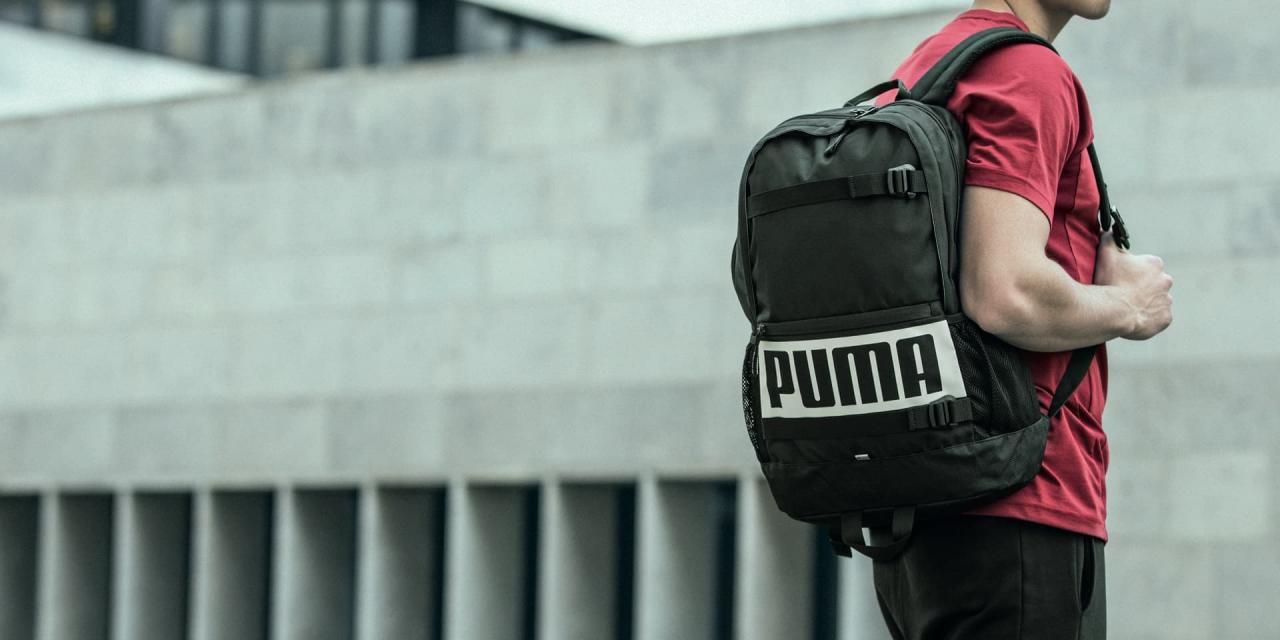
The final episode of PUMA’s RE:GEN REPORTS is now available to stream: ‘When it comes to Health and Safety, does the West know best?’. In this episode, hosted by the Head of Knowledge Exchange at the Centre for Sustainable Fashion, Monica Buchan-Ng, PUMA’s Chief Sourcing Officer, Anne-Laure Descours, reminds audiences that it’s important for people in the North to “recognize how much people on the ground are trying to improve [factory working conditions].”
The podcast series aims to make PUMA’s 2022 Sustainability Report more accessible to a wider and younger audience. This came after research conducted last year which found that young people want brands to be more transparent with consumers when it comes to the environment and sustainability (34%) and to communicate their goals better (40%).
In 2022 PUMA hosted Conference of the People, where Gen Z representatives, PUMA’s industry peers, activists, NGOs, experts, ambassadors, and consumers met to discuss some of the fashion industry’s sustainability challenges. The conference also highlighted the need for PUMA to improve on how it was communicating sustainability goals, actions, and progress.
RE:GEN REPORTS is hosted by 10 next-generation thinkers from six countries, distilling the content of the brand’s sustainability report into 10 episodes. Each host was tasked with breaking down the complex topics into digestible pieces. Focusing on PUMA’s sustainability strategy FOREVER.BETTER. 10FOR25 sustainability targets, the podcasts were created to eliminate barriers of traditional sustainability language, explaining why the specific targets were a focus for the business. Episodes discuss progress that has been made, whilst acknowledging areas where there is still work to be done.
From a 147-page report and over thirty hours of recording came this 163-minute series of clear and relatable sustainability information. As well as the final episode on health and safety, young people guided audiences through episodes about: human rights, hosted by Award-winning activist, model, and social entrepreneur Anya Dillard from the USA; chemicals, hosted by sustainable and healthy living vlogger Luke Jaque-Rodney from Germany; circularity, hosted by USA-based upcycler Andrew Burgess; fair wages, hosted by Fair Labor Association student committee member Amina Shakeel; climate action, hosted by Earthero Project co-founder Bertha Shum from Hong Kong; biodiversity hosted by India based environmental activist Ripudaman Bevli; plastic & oceans, hosted by Singapore sustainable bag company Peco Bag founder Yumika Hoskin; product, hosted by intersectional environmentalist Diandra Marizet from the US and water and air, hosted by Malaysian based eco-conscious Earth Day Ambassador Melissa Tan .
As well as PUMA spokespeople, the young hosts also interviewed representatives from industry bodies, businesses, and NGOs in discussions around the implementation and monitoring of more sustainable practices. Guests included Fair Labor Association’s Chief of Staff, Shelly Han; UNFCCC’s Sector’s Engagement in Climate Action Lead, Lindita Xhaferi-Salihu; Canopy’s Founder and Executive Director, Nicole Rycroft; ZDHC Implementation Director, Klass Nuttbohm; Apparel Impact Institute’s Chief Impact Officer, Kurt Kipka; and Leather Working Group’s Traceability Manager, Vanessa Brain.
“Transparency is critical to our sustainability strategy at PUMA,” says Anne-Laure Descours, Chief Sourcing Officer at PUMA. “We are committed to improving our practices and equally acknowledging where there is still a way for us to go. We invited these next generation thinkers to interview us and our partners on our FOREVER.BETTER. sustainability strategy 10FOR25 targets to push us to be better, to do better, and get into the detail in a way that more people can access and understand. It’s easy to hide areas where you’re not making progress as quickly as you’d like, but change requires collaboration and openness and with RE:GEN REPORTS we have and will continue to welcome both of those things.”
PUMA’s sustainability efforts have been recognized several times. In 2022, the brand topped the Business of Fashion sustainability ranking, the platform on living wage financials ranking, and the FTSE4Good ranking within its sectors. It was included in the Corporate Knights global top 100 most sustainable companies ranking, maintained its triple-A ranking with MSCI and its prime status with ISS; two leading sustainability rating agencies. Reuters also ranked it as number two within its sector and, in S&P sustainability benchmarking, PUMA outperformed all other sports brands for the first time since 2010. Although these rankings help confirm that PUMA is headed in the right direction with its FOREVER.BETTER. sustainability strategy, the brand recognizes that it still has a long way to go. PUMA’s full 2022 Sustainability Report can be accessed here.










